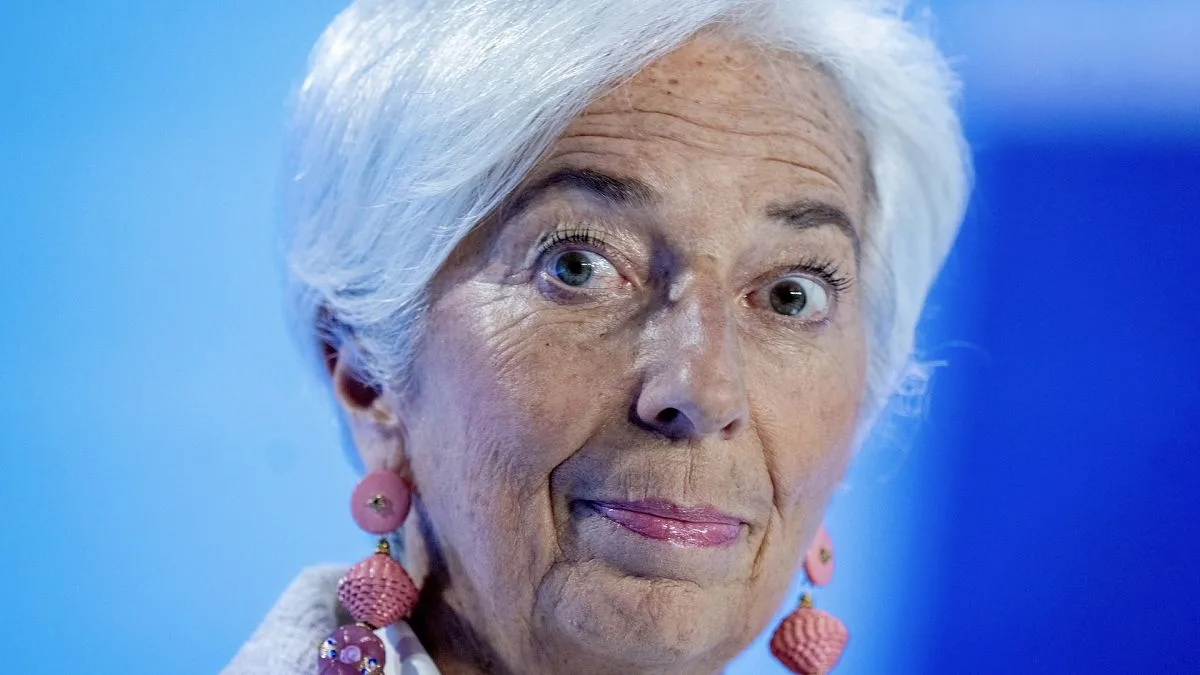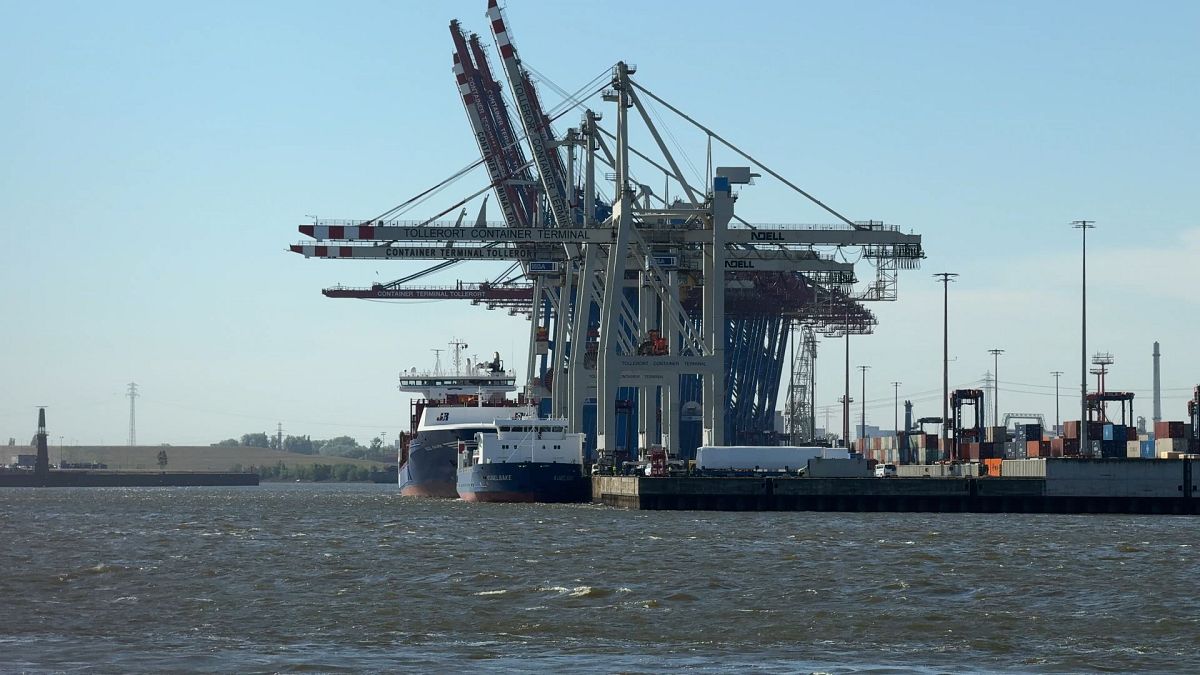Economists anticipate that the European Central Bank (ECB) will persist with interest rate cuts, targeting a reduction to 2% by mid-2025. ECB President Christine Lagarde’s emphasis on the risks of downside inflation and subdued economic growth further supports expectations of additional easing measures.
Analysts are widely aligned in their forecasts that the ECB will continue to lower interest rates at its upcoming meetings, following last Thursday’s reduction of 25 basis points.
Here’s a summary of insights from economists regarding the recent rate cut and future expectations.
Lagarde’s Dovish Stance Indicates More Cuts Ahead
Ruben Segura-Cayuela , an economist at Bank of America, highlighted Lagarde’s dovish stance, particularly her focus on the potential risks to inflation. He remarked, “Lagarde’s indication that there are greater downside risks to inflation holds significant weight.” This perspective suggests an openness to further rate reductions, given the ongoing disinflationary trends.
Segura-Cayuela predicts that the ECB will implement reductions at every meeting until the deposit facility interest rate hits 2% by June 2025, followed by two additional cuts aimed at reaching 1.5% by December 2025. He considers December 2024 a pivotal moment, assuming no major disruptions occur beforehand.
Downside Risks Influence ECB’s Policy Direction
Carsten Brzeski , Global Head of Macro at ING, expressed similar concerns regarding the eurozone’s economic outlook. “The ECB is likely more apprehensive about growth prospects in the eurozone and the hazards of inflation falling below target,” he noted. He believes that rate cuts will persist unless there is a notable recovery in economic activity or inflation, pointing towards an extended period of monetary easing.
“It appears they aim to bring interest rates back to neutral levels swiftly,” Brzeski remarked, strengthening the call for ongoing reductions.
Continued Rate Cuts Appear Highly Likely
Analysts from Danske Bank also reflect on the ECB’s capacity to maintain its current policy stance. Their outlook supports the idea that the ECB will aim to lower rates to 2% by the end of 2025, considered a neutral level, while recognizing the potential for cuts below this level, noting a 40% likelihood in the market.
Economists at Goldman Sachs, Sven Jari Stehn and Alexandre Stott , predict another rate cut in December, suggesting that a further 25 basis point decrease is “highly likely.” They cite the latest disappointing economic indicators as justification for continued rate reductions, projecting that the ECB will maintain this strategy at each meeting until reaching 2% by mid-2025.
Nevertheless, they caution about potential risks to this forecast, indicating that further cuts may be necessary if economic conditions continue to weaken.
Analysts from BBVA, Alejandro Cuadrado and Roberto Cobo , adopt a more conservative viewpoint, arguing that future pressures such as base effects, commodity pricing, and exchange rates could temper the ECB’s approach to aggressive rate cuts.
Euro Under Pressure Amid Sluggish Growth
The implications of the ECB’s rate cuts extend beyond financial markets. Luca Cigognini , a market strategist at Intesa Sanpaolo, noted that “the euro faces potential declines as the ECB signals slower growth and increasing downside risks.”
In summary, while the ECB has yet to commit to a specific path for future rate adjustments, Lagarde’s focus on flexibility and responsiveness to economic data suggests that continued rate cuts will likely unfold in the coming months.
Photo credit & article inspired by: Euronews



